10 Weird Animals You Can Visit Traveling
Tired of seeing run-of-the-mill lions, tigers, and bears? Then say “oh my!” to these oddball creatures at zoos and sanctuaries worldwide!
1. Aye-aye
Weirdness factor: Where to start? The aye-aye is a kind of lemur, with large round ears that rotate independently. How does it eat? There are no woodpeckers in Madagascar, but the aye-aye has evolved to feed like one, using its long middle finger to scoop out grubs in tree bark. See it in: Madagascar (and the Bristol Zoo Gardens).
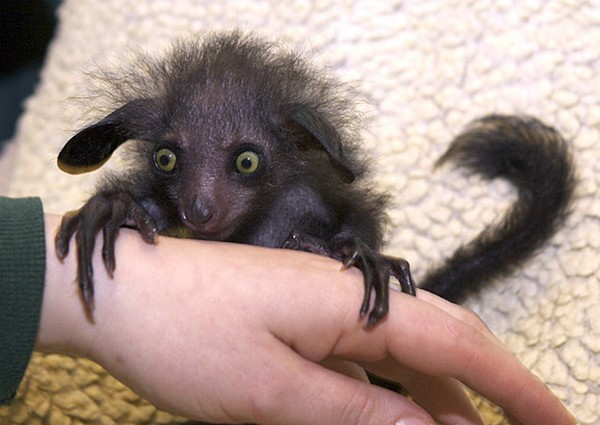
2. Proboscis Monkey
Weirdness factor: The male proboscis monkey has a pendulous nose that is thought to amplify his calls to females (and his warnings to big-nosed rivals). The most dominant male usually has the biggest nose and can collect a harem of five to eight females. See it in: Borneo (and the Singapore Zoo).

3. Emperor Tamarin
Weirdness factor: Named for the last emperor of Germany, this tamarin’s wildly eccentric moustache (strikingly similar to Mr. Monopoly’s) is something of a mystery. Experts think it might be a unique identifier, as a fingerprint is for humans. See it in: Bolivia, Brazil, and Peru (and the Paignton Zoo, in Devon, England).
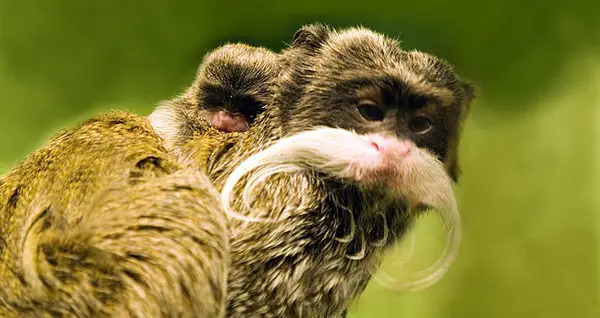
4. Matamata Turtle
Weirdness factor: The knobby, gnarled matamata uses its huge mouth to suck in unsuspecting food sources as they pass by. In Spanish, matamata means “it kills, it kills.” See it in: The Amazon River in Brazil, and in parts of Trinidad and Guyana (and the Honolulu Zoo and San Diego Zoo).
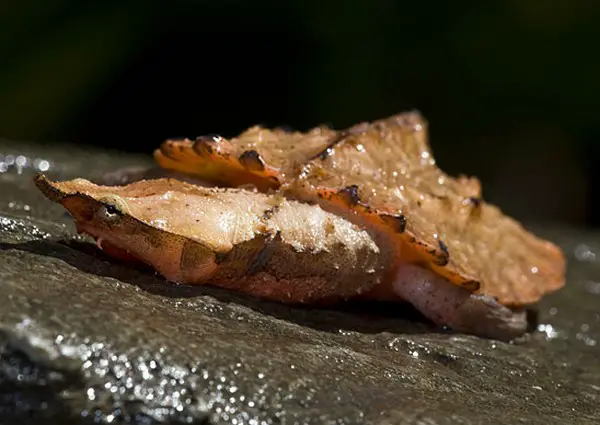
5. Gelada Baboon
Weirdness factor: This primate’s fangy yawn is actually a display of aggression to show off its canine teeth. The red patch of skin on the female’s chest gets brighter as her hormone levels increase. As a natural design feature, it’s probably a little too much information. See it in: Eritrea and Ethiopia (and the Bronx Zoo).
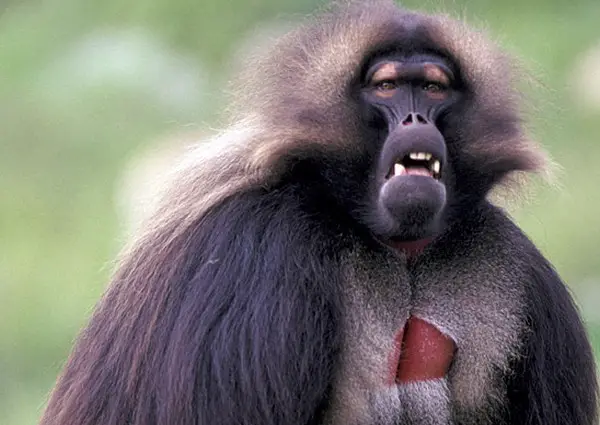
6. Echidna
Weirdness factor: The echidna is an evolutionary mashup—it has a pouch for its young like a kangaroo, spines like a porcupine, and a sticky tongue like an anteater. Oh, and it lays eggs like a chicken. See it in: Tasmania, Australia, and New Guinea (and the Cleveland Metroparks Zoo, which has a short-beaked echidna).
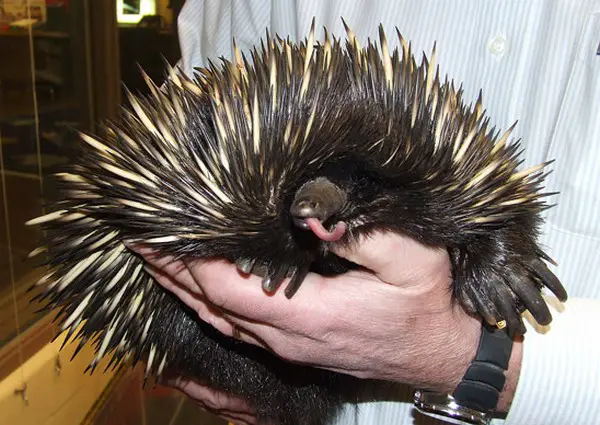
7. Victoria Crowned Pigeon
Weirdness factor: These blue, turkey-size pigeons with outrageous plumage live mostly on the ground, mating for life and building sturdy nests for their young. See it in: New Guinea (and the Philadelphia Zoo).
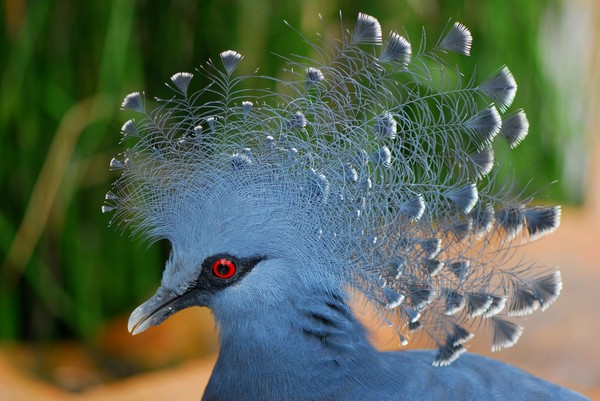
8. White-faced Saki Monkey
Weirdness factor: Often called flying monkeys, white-faced sakis rarely let their feet hit the ground. They prefer to stay in the mid-level trees of the rain forest, where they can jump up to 30 feet in a single bound and can run upright along narrow branches. See it in: The rain forests of northeastern Brazil, French Guiana, Guyana, Suriname, and Venezuela (and the Elmwood Park Zoo in Norristown, Pa.).
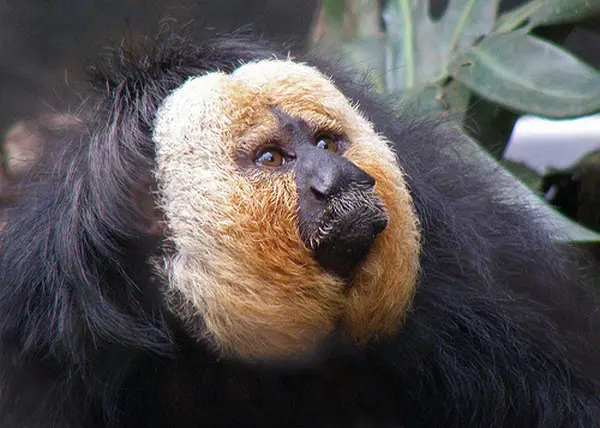
9. Tree Pangolin
Weirdness factor: This insect eater’s scales feel a little like human fingernails. But don’t touch: Like the common skunk, the pangolin has an unpleasant-smelling spray for those who get too close. See it in: Central Africa’s rain forests (and the San Diego Zoo – which displays the tree pangolin infrequently, and without a lot of advance notice).

10. Leafy Sea Dragon
Weirdness factor: Male leafy sea dragons carry and give birth to the offspring. Instead of swimming upright, like sea horses, the leafy sea dragon swims in a horizontal position. It uses its tube-shaped mouth as a straw to suck up food. See it in: The waters of the southeastern Indian Ocean, near southern and western Australia (and the Georgia Aquarium in Atlanta).

Image sources:
- aol.it/2w4OsVw
- bit.ly/2re8KqE
- bit.ly/2riqb9R
- bit.ly/2rbO9m9
- bit.ly/2rbyVhB
- bit.ly/2w4QqVU
- bit.ly/2FzNDUk
- /
- bit.ly/2HGAxGE
- bit.ly/2w4RlWm
